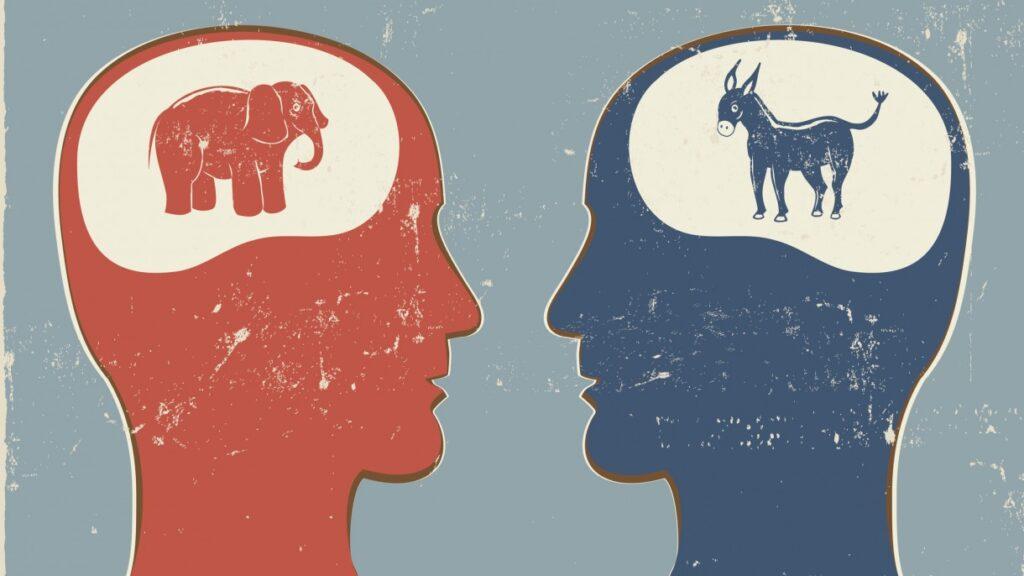This topic examines the growing divide between political parties and ideologies, including the role of media and social media in fueling polarization, and the potential effects on democracy and governance.
Political polarization and partisanship have become increasingly salient issues in recent years. As political parties and ideologies have become more ideologically divided, the ability to compromise and work together has become increasingly difficult.

In this essay, we will examine the growing divide between political parties and ideologies, the role of media and social media in fueling polarization, and the potential effects on democracy and governance.
Political polarization refers to the growing divide between political parties and ideologies. As parties and ideologies become more ideologically divided, the ability to compromise also work together becomes increasingly difficult.
This has led to gridlock in government and a breakdown in the ability to make policy decisions. Political polarization is not a new phenomenon, but it has become more pronounced in recent years, with both major political parties becoming increasingly ideologically homogeneous.
Partisanship refers to the loyalty and support of political parties. Partisan loyalty has become more entrenched in recent years. Many voters who identify strongly with their political party also view the other party as a threat to their values and beliefs.
Partisanship has become increasingly important in political discourse, with many politicians emphasizing partisan loyalty over compromise and cooperation.
The media’s role in polarization is a major point of contention in political debates. Media outlets also social platforms are increasingly segmented, reinforcing individuals’ existing beliefs.
The outcome: intensified political, as individuals cling more tightly to their beliefs and resist considering alternative perspectives.
Social media has played a particularly significant role in fueling political polarization. Social media platforms like Facebook also Twitter are now crucial sources of political news, enabling individuals to connect with like-minded peers.
This results in filter bubbles, where individuals only see information that confirms their beliefs, shielding them from opposing views.
The result: heightened political polarization, with people becoming more entrenched in their beliefs and also less open to alternative perspectives.
The effects of political polarization and partisanship on democracy and governance are potentially significant. As political parties and ideologies become more ideologically divided, the ability to compromise also work together becomes increasingly difficult.
This has led to gridlock in government and a breakdown in the ability to make policy decisions. The result: is a decline in public trust in government due to citizens’ frustration with its inability to address national challenges.
There are a number of potential solutions to political polarization and partisanship. One approach is to increase opportunities for bipartisan cooperation and compromise. This might involve the creation of bipartisan commissions or the adoption of rules that require bipartisanship in certain policy areas.
Another approach is to increase the diversity of media sources and reduce the influence of filter bubbles. This might involve increasing funding for public broadcasting or creating incentives for media outlets to provide balanced also objective coverage. 카지노사이트